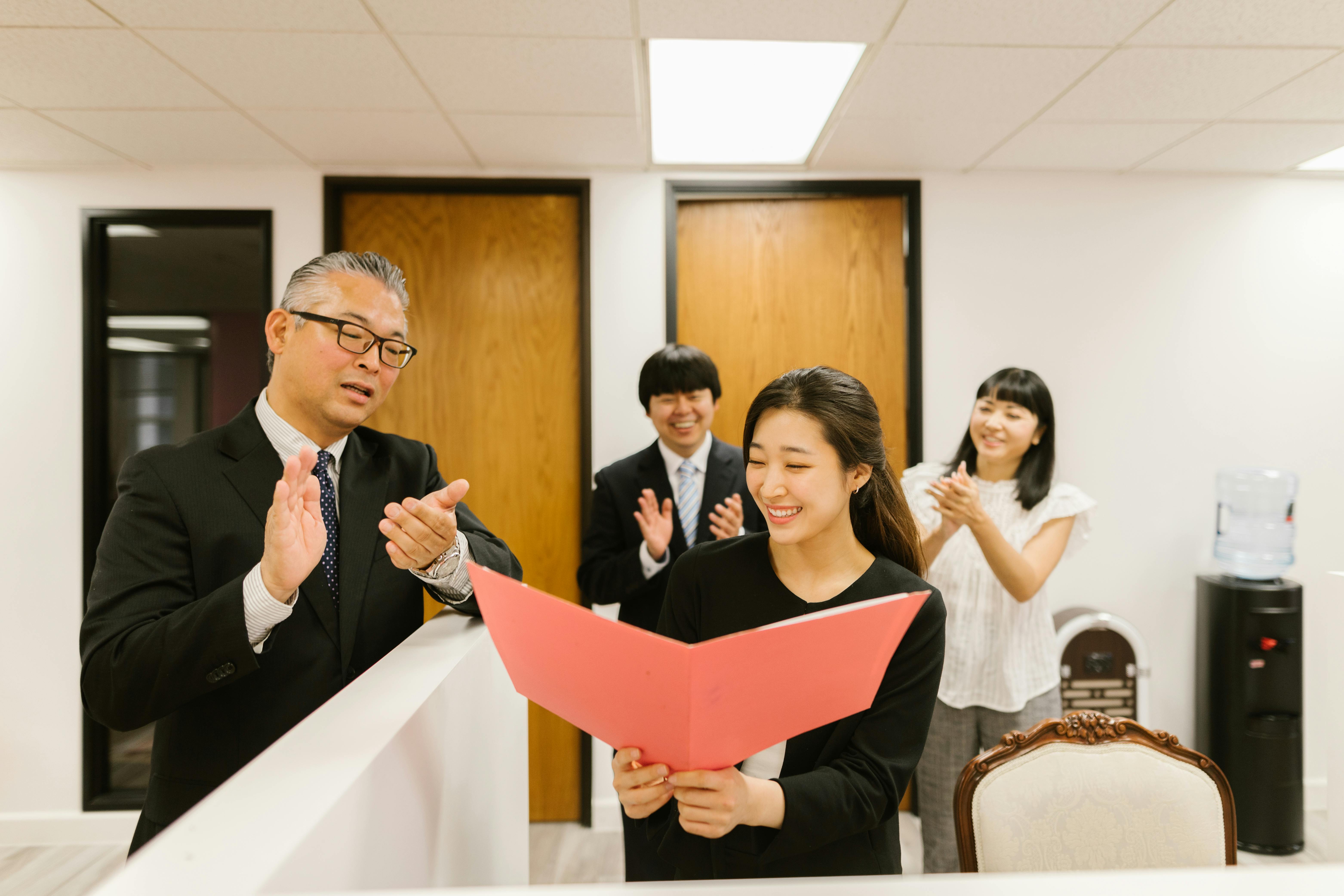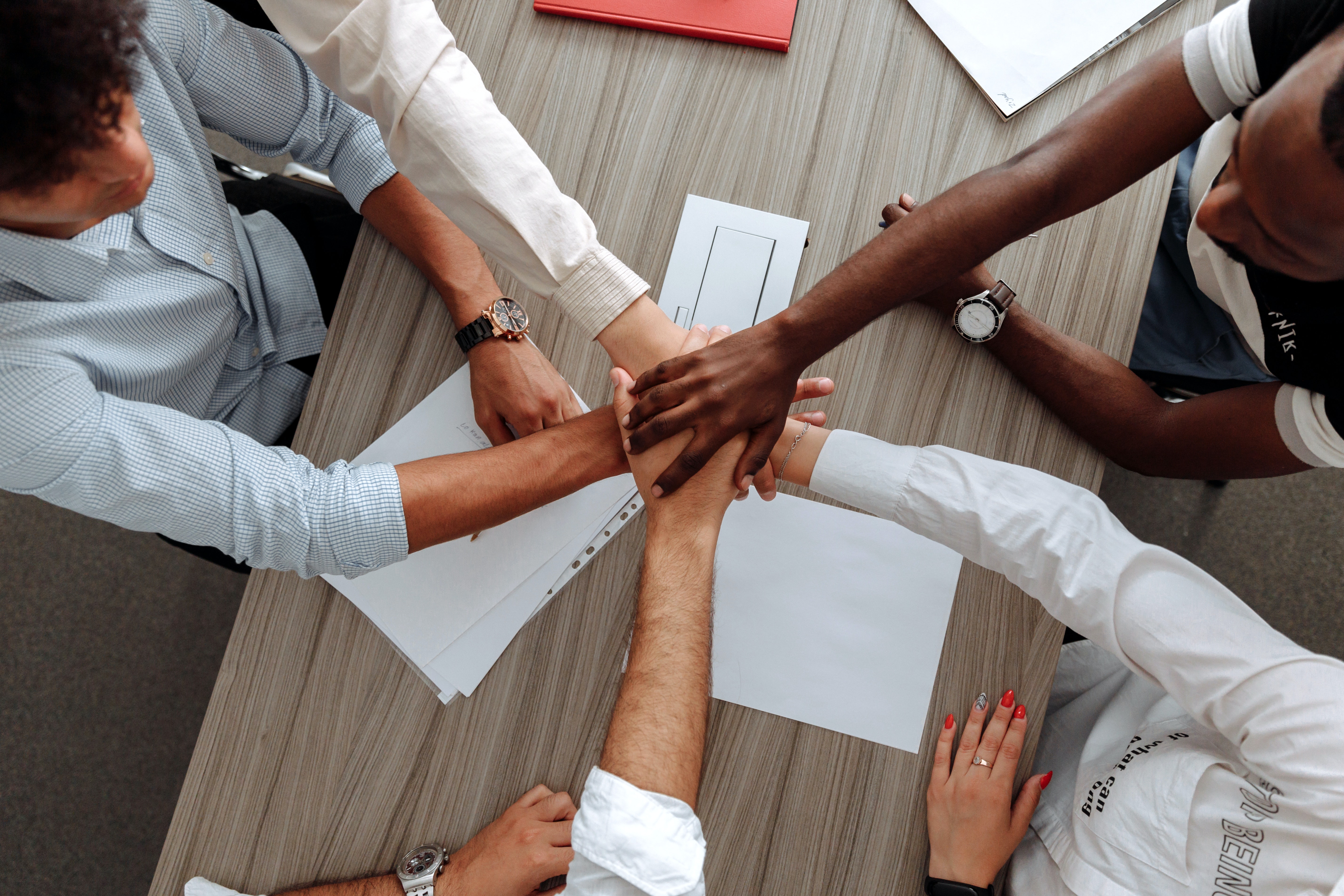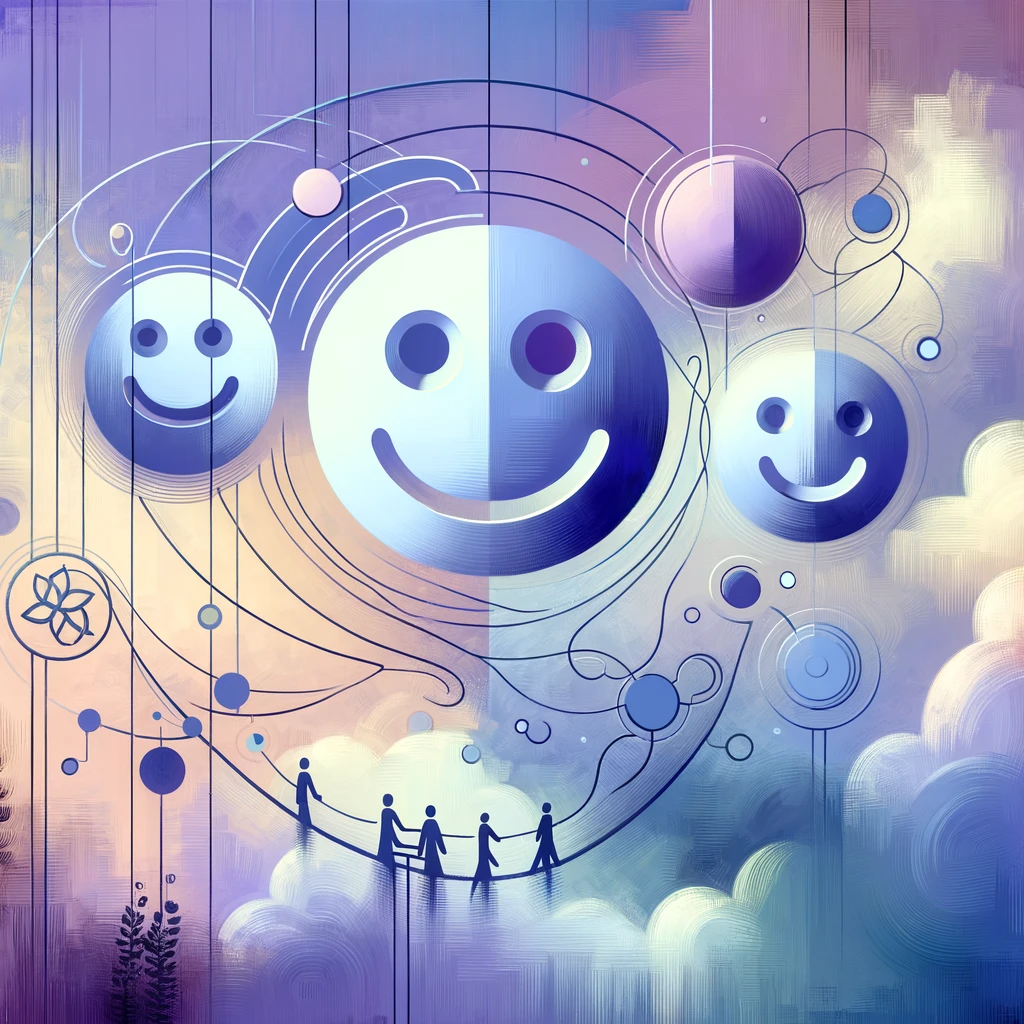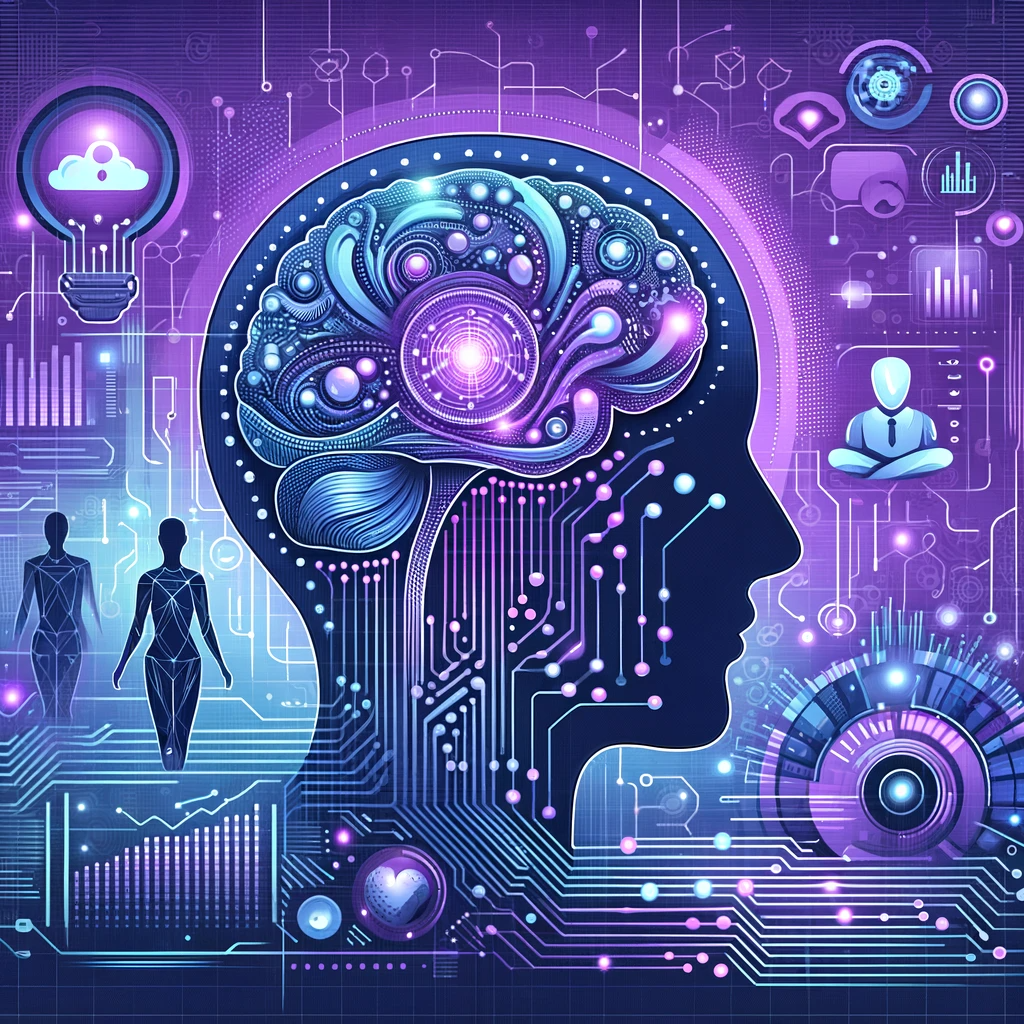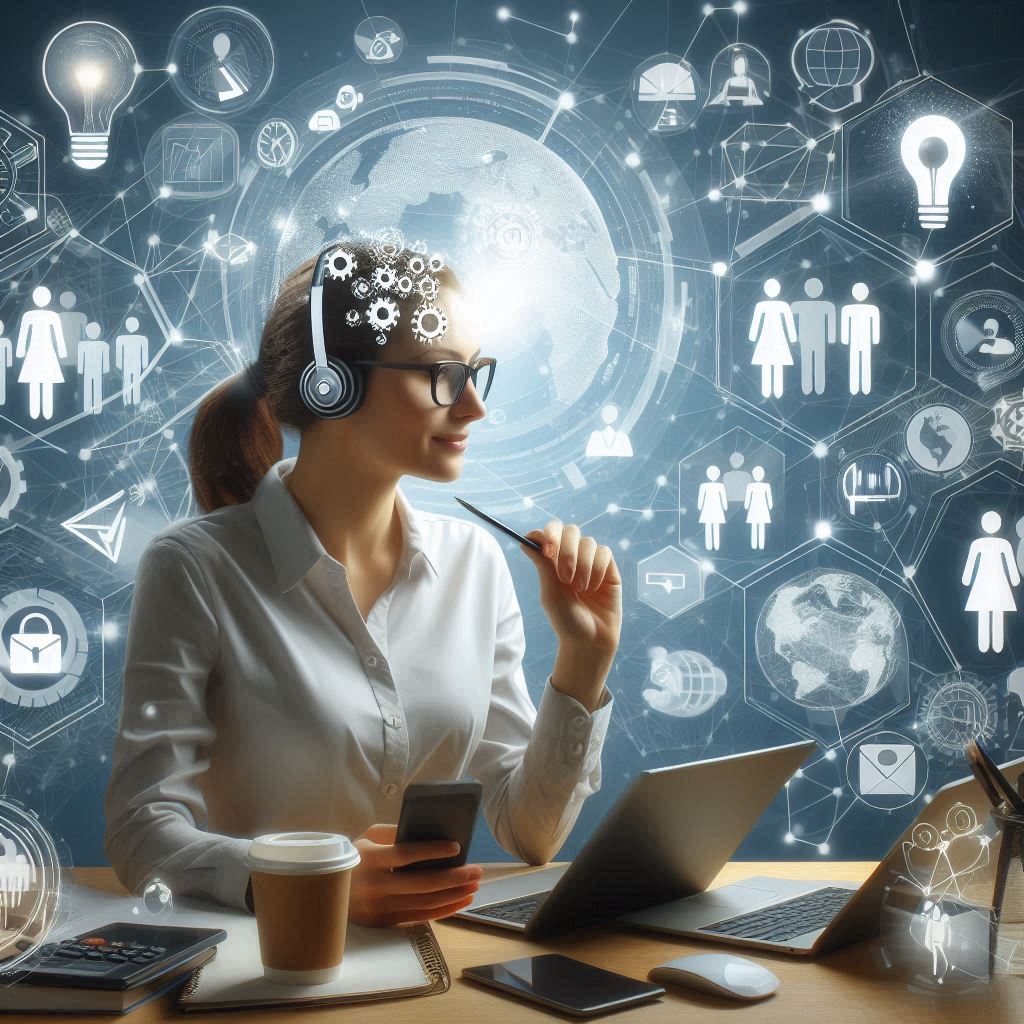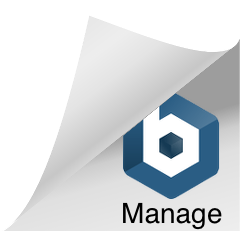Simple Ways to Recognize Employee Achievement
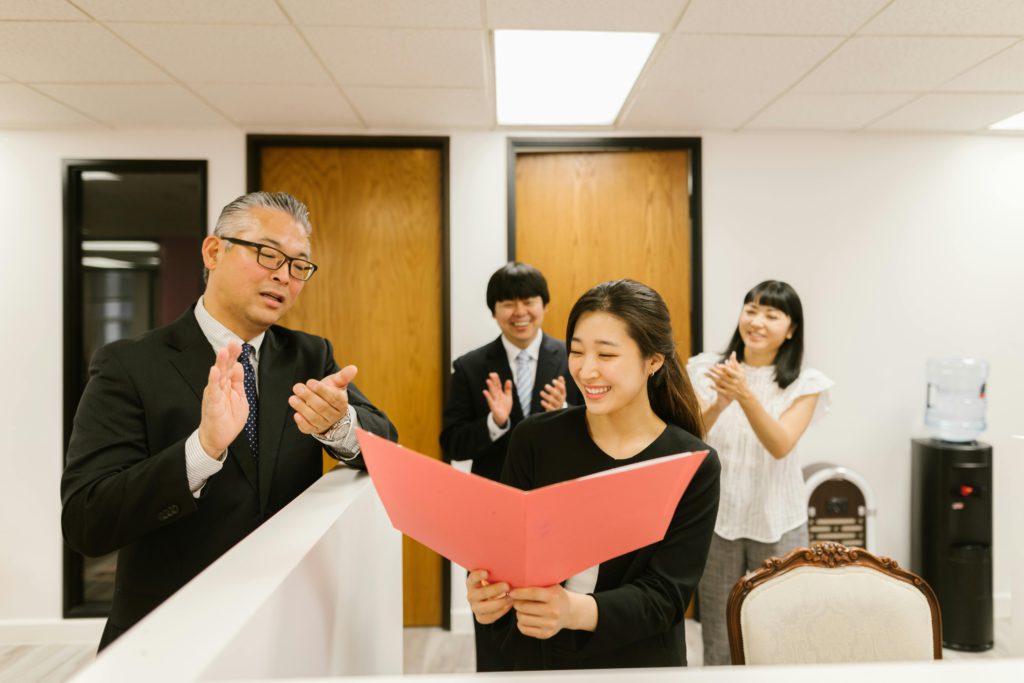
“Recognition is not a scarce resource. You can’t use it up or run out of it.” — Susan M. Heathfield
The Recognition Crisis Hidden in Plain Sight
Walk into any office today, and you’ll witness a paradox that’s costing companies billions. Managers believe they’re recognizing their employees three times more frequently than they actually receive recognition from their superiors, according to Gallup research. Meanwhile, 79% of people who quit their jobs cite “lack of appreciation” as their primary reason for leaving. The math is simple, yet devastating: what we think we’re doing and what employees actually experience represents a $8.8 trillion global engagement gap.
This isn’t just about hurt feelings or workplace etiquette. This is about fundamental human psychology and business performance. When Google implemented their peer-to-peer recognition program “ThankYou,” they witnessed a 35% increase in employee satisfaction and 14% improvement in retention rates. But here’s what makes recognition truly powerful: it triggers a psychological cascade that extends far beyond the individual being recognized.
The Neuroscience of Appreciation
Recent research from the National Center for Biotechnology Information reveals that employee recognition doesn’t just make people feel good—it fundamentally alters brain chemistry. When employees receive genuine recognition, their brains release dopamine, the same chemical associated with learning and memory formation. This creates what psychologists call “positive reinforcement loops,” where recognized behaviors become neurologically hardwired for repetition.
“The deepest principle in human nature is the craving to be appreciated.” — William James
But here’s where most organizations get it wrong: they focus on the recipient while ignoring the ripple effects. A controlled field experiment involving over 300 employees discovered something remarkable. When recognition was given exclusively to top performers, the strongest performance increases came not from those who received recognition, but from those who witnessed it. Non-recipients, upon learning they weren’t among the top performers, increased their output substantially—driven by what researchers term “conformity preferences” combined with social learning.
The Architecture of Effective Recognition
Forbes research indicates that companies with robust recognition programs experience 31% lower voluntary turnover and 12 times stronger business results. Yet most recognition efforts fail because they violate basic psychological principles. Here’s what the science tells us works:
Specificity Beats Generality: Generic praise like “great job” activates reward centers weakly. Specific recognition—”Your analysis of the Q3 data identified the supply chain bottleneck that saved us $200K”—creates stronger neural pathways and clearer behavioral blueprints for future performance.
Peer Recognition Outperforms Hierarchical Praise: SHRM studies show that peer-to-peer recognition generates 2.5 times more engagement than top-down appreciation. Why? Because peer recognition feels more authentic and less politically motivated. It signals that colleagues—who understand the work intimately—genuinely value the contribution.
Timing Creates Impact: Recognition loses 50% of its motivational power when delayed by more than a week. The brain’s reward system is designed for immediate feedback. When Southwest Airlines implemented real-time recognition through their internal platform, they saw customer satisfaction scores increase by 12% within six months—a direct result of more engaged, appreciated employees delivering better service.
The Conformity Effect: Recognition as Social Learning
Perhaps the most fascinating discovery in recognition research challenges conventional wisdom about individual motivation. The University of Rotterdam’s comprehensive field study found that when recognition is “scarce but visible”—given to roughly 30% of a team—it creates optimal performance increases across the entire group.
Here’s why: humans are inherently social learners. When employees see colleagues being recognized for specific behaviors, it establishes implicit performance norms. Those who didn’t receive recognition aren’t demoralized—they’re educated. They understand precisely what behaviors the organization values and adjust accordingly.
“Excellence is never an accident. It is always the result of high intention, sincere effort, and intelligent execution.” — Aristotle
The Future of Recognition
As workplaces become increasingly hybrid and distributed, recognition systems must evolve beyond traditional approaches. AI-powered platforms now analyze communication patterns, project contributions, and peer feedback to suggest recognition opportunities that managers might miss. These systems don’t replace human judgment—they amplify human awareness.
“People work for money but go the extra mile for recognition, praise, and rewards.” — Dale Carnegie
The organizations that master recognition understand a fundamental truth: appreciation isn’t about making people feel good—it’s about making people perform better. When employees feel genuinely valued, they don’t just work harder; they think differently, collaborate more effectively, and stay longer.
In an era where talent retention has become the ultimate competitive advantage, recognition isn’t a nice-to-have program—it’s a business-critical strategy. The question isn’t whether you can afford to invest in recognition; it’s whether you can afford not to.
References
https://www.forbes.com/councils/forbeshumanresourcescouncil/2025/01/06/how-to-tap-into-the-power-of-employee-recognition/
https://www.shrm.org/topics-tools/flagships/all-things-work/employee-recognition-can-go-long-way-but-has-to-be-done-right
